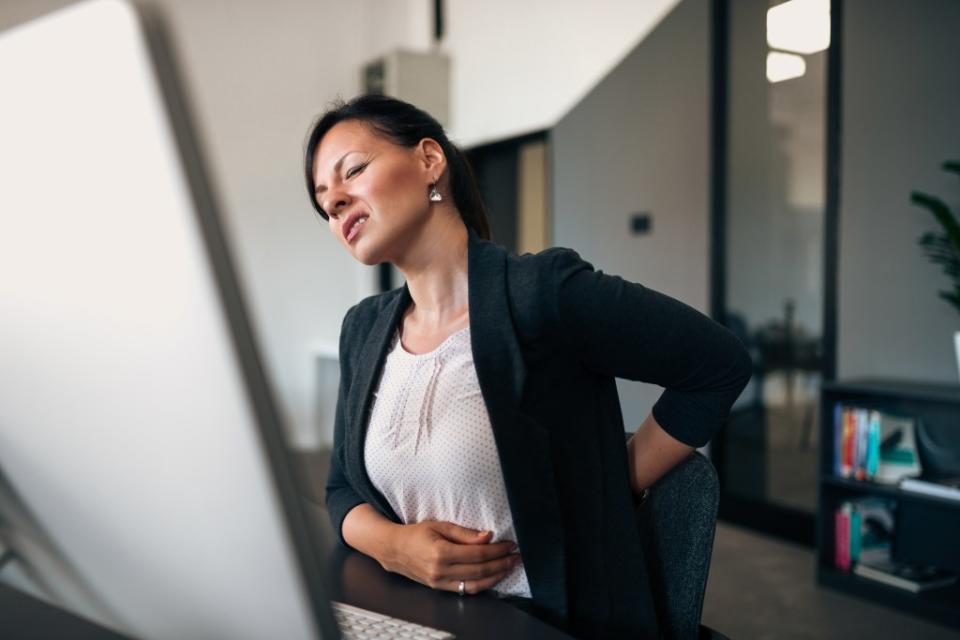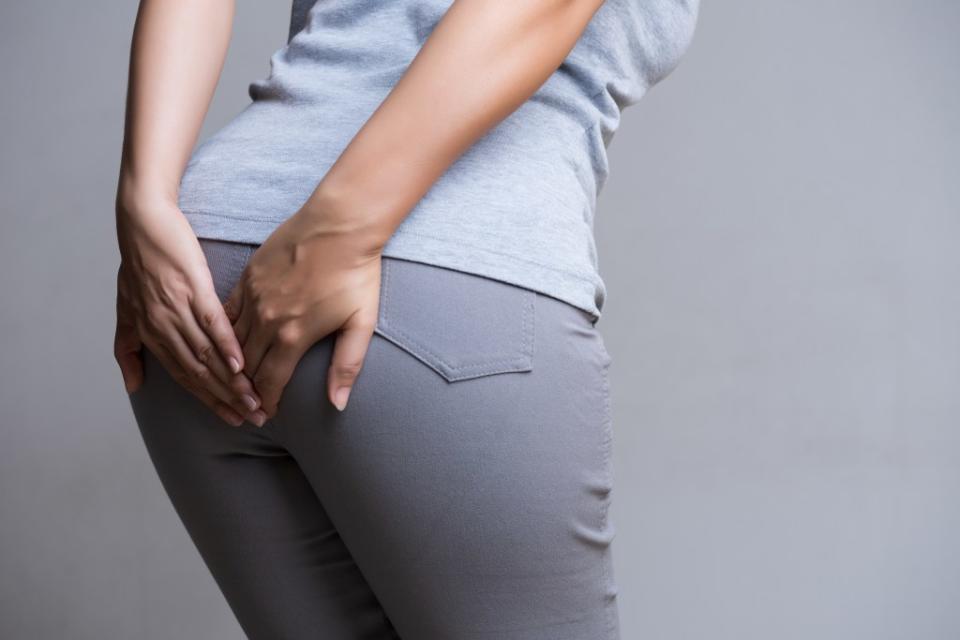How to tell if you have ‘dead butt syndrome’ — and how to avoid the condition

You will have hit rock bottom.
Does your booty feel like it’s falling asleep? You could have “dead butt syndrome,” a real and increasingly prevalent condition that causes people’s posteriors to go numb due to extended periods of sitting in one position.
“The sustained flexed position of the hip and the compression of the tissues sets us up for the perfect storm of shut[ting] down glute function, or in the vernacular of the people, ‘dead butt,’” Kelly Starrett, a physical therapist and Crossfit trainer, told the Huffington Post.
Called gluteal amnesia in scientific circles, this bum-numbing condition occurs when the butt muscles essentially forget their primary function: bolstering the pelvis and keeping your body in proper alignment, according to Healthline.

As a result, the gluteal muscles (glutes) “can feel numb or even a little sore,” similar to the sensation of a body part “falling asleep” — a condition known as “paresthesia.”
The cause of this posterior narcolepsy is caused by prolonged periods of sitting down, an increasing problem in the uber-sedentary US where people spend a third of their day on their bums, per a recent study.
This can impact the function of our glutes, which aren’t meant to support weight for such prolonged periods.
Starrett describes it as such: “If you imagine making a panini sandwich where you take high pressure and high temperature and make a grilled cheese, sitting on your glutes all day is a little like this.”

And “dead butt syndrome” can lead to a host of complications if not taken seriously.
These include pain and stiffness that affects one or both hips, the lower back, and knees or shoots down one’s leg, similar to symptoms of sciatica.
It can even result in hip-specific bursitis, inflammation of the fluid-filled sac that eases movement within the hip joint.

If left untreated, DBS can also cause balance and gait issues as well as a loss of strength in the glutes and hip flexors.
“Sitting for extended periods of time has been shown in multiple studies to have a major impact on how well we can contract and use our glutes effectively,” said Donovan Green, celebrity fitness trainer and author of “No Excuses Fitness: The 30-Day Plan to Tone Your Body and Supercharge Your Health.”
And it’s not just the caboose engines that are affected. Green says DBS can lead to “synergistic dominance,” where the smaller helper muscles of the hip and leg try and compensate for diminished derriere function by supporting the load burdening the hips, spine and lower back.
This can further throw someone’s muscular equilibrium off-kilter.

Fortunately, there’s a surefire way to minimize damage from DBS — moving.
“A good rule to remember is for every hour of sitting, you need to take 10 minutes of standing and moving around to reactivate and keep those butt muscles from falling asleep,” advised Jeff Bell, co-founder of Belleon Body NYC.
People can further nip DBS in the “butt” by doing easy, glute-strengthening exercises. These include sidestepping lunges, squatting with a kettlebell instead of the traditional barbell, and lateral step-ups, wherein the exerciser repeatedly steps onto and off a box or other object.
They should also frequently stretch and walk around to keep the glute muscles at optimum strength and elasticity.
Unfortunately, DBS isn’t the only complication that stems from a sedentary lifestyle. Sitting in one place for prolonged periods can also result in a flat, untoned bottom in an affliction known as an “office bum.”
It can even potentially increase the risk of diseases, such as dementia, and premature death, according to some studies.

